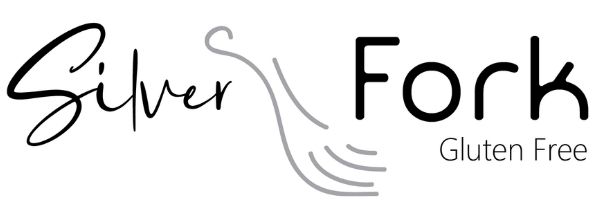As awareness about health and well-being continues to grow, more people are exploring various diet options to improve their lifestyle. Among them, the no-dairy diet has become a popular choice, promising an array of health benefits. While some choose it due to lactose intolerance or allergies, others opt for ethical reasons or to maintain a healthier lifestyle.
Understanding Dairy and Its Implications
Dairy products such as milk, cheese, and yogurt have traditionally been significant sources of calcium, protein, and vitamins. However, they can also be high in saturated fats and cholesterol. Furthermore, some individuals experience adverse reactions, including bloating, stomach cramps, and skin issues. Understanding these implications can help us recognize the potential benefits of a no-dairy diet. [1]
Reasons to Consider a No-Dairy Diet
1. Lactose Intolerance and Allergies: A considerable percentage of the global population has lactose intolerance, meaning their body can’t digest lactose present in dairy products.
2. Ethical and Environmental Reasons: Many people choose a no-dairy diet to support animal rights and reduce their carbon footprint, as dairy farming significantly contributes to greenhouse gas emissions.
3. Health Benefits: Some research suggests that eliminating dairy can lead to clearer skin, improved digestion, and potential weight loss.
Potential Challenges of a No-Dairy Diet
Despite its advantages, going dairy-free can present challenges. These include difficulty meeting nutritional needs and finding suitable dairy substitutes.
Meeting Your Nutritional Needs Without Dairy
Calcium is the most significant nutrient concern when eliminating dairy. Fortunately, plenty of non-dairy foods are rich in calcium, such as leafy greens, nuts, seeds, and fortified plant-based milks.
Vitamin D is also crucial for bone health, and can be obtained through sunlight exposure, supplements, or fortified foods.
Protein, another vital nutrient found in dairy, can be acquired from a variety of sources like legumes, whole grains, and lean meats.
Navigating the Supermarket for Dairy Alternatives
Today’s markets offer a plethora of dairy substitutes. Options include almond, oat, soy, and coconut milk; dairy-free yogurts; and plant-based cheeses.
Cooking and Baking Without Dairy
Contrary to popular belief, going dairy-free doesn’t mean bidding farewell to your favorite dishes. Many recipes can be adapted with dairy alternatives. For instance, coconut milk can replace dairy in creamy sauces, and nut butters can substitute for butter in baking.
Enjoying Eating Out on a No-Dairy Diet
When dining out, scan menus for dairy-free or vegan options. Don’t hesitate to ask the staff about modifying dishes to suit your dietary needs. Many restaurants are accustomed to such requests and often have alternatives available.
The Importance of Balance in a No-Dairy Diet
While exploring a no-dairy diet, remember the importance of balance. Replacing dairy should not mean compromising on nutrition. Ensure your diet includes a variety of foods to fulfill all necessary nutrients. Also, listen to your body and adjust accordingly. What works for one person may not work for another.
Conclusion: The Path Towards a Successful No-Dairy Lifestyle
Embarking on a no-dairy diet can be a transformative journey, leading to potential health benefits. While challenges may arise, with proper knowledge and resources, you can make informed decisions about your dietary needs. Always consult a healthcare professional before making significant dietary changes. The key to a successful no-dairy lifestyle lies in balance, adaptability, and understanding that this is not just a diet, but a lifestyle change for improved health and well-being. Remember, the path to wellness is a personal one, so find what works best for you.



